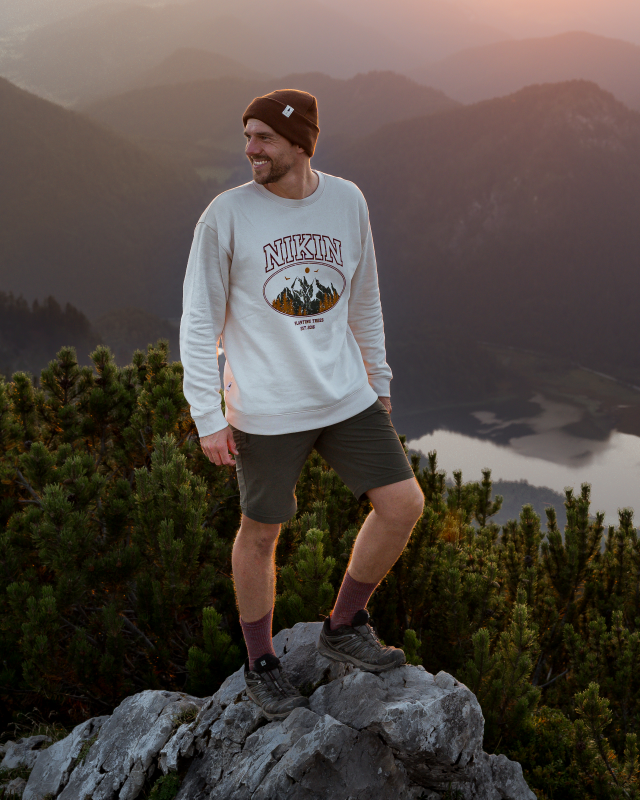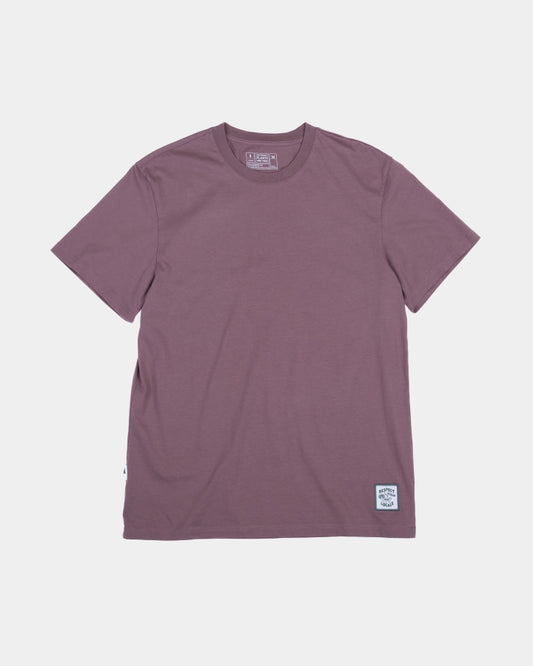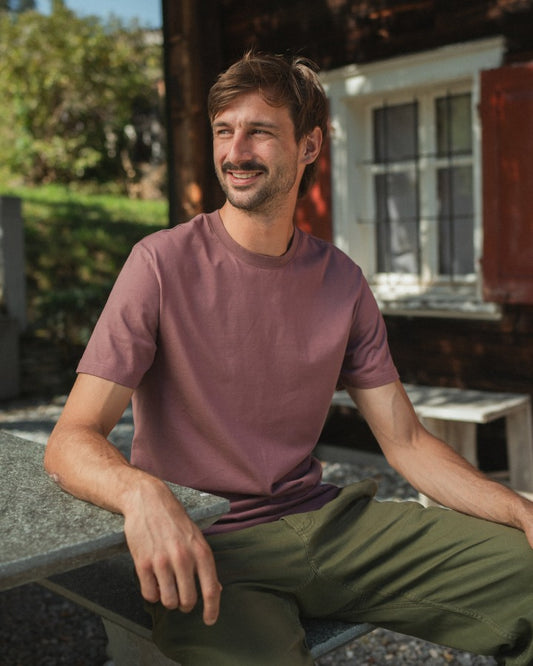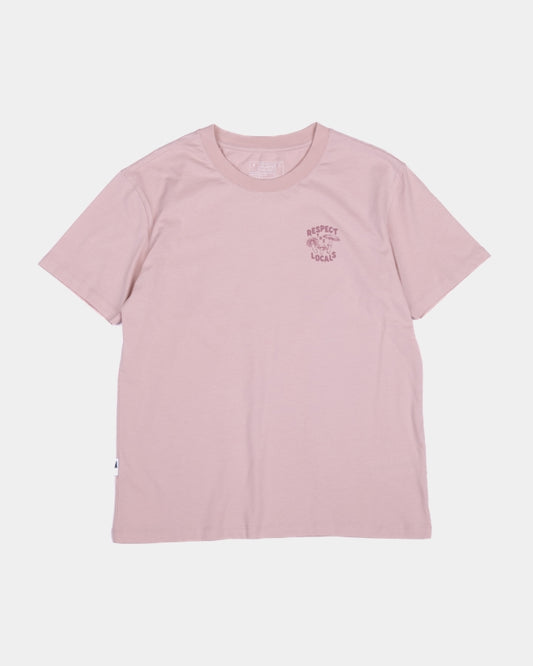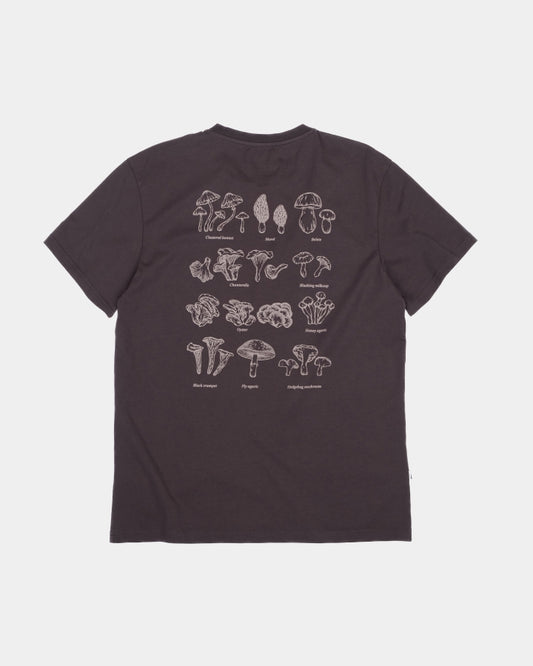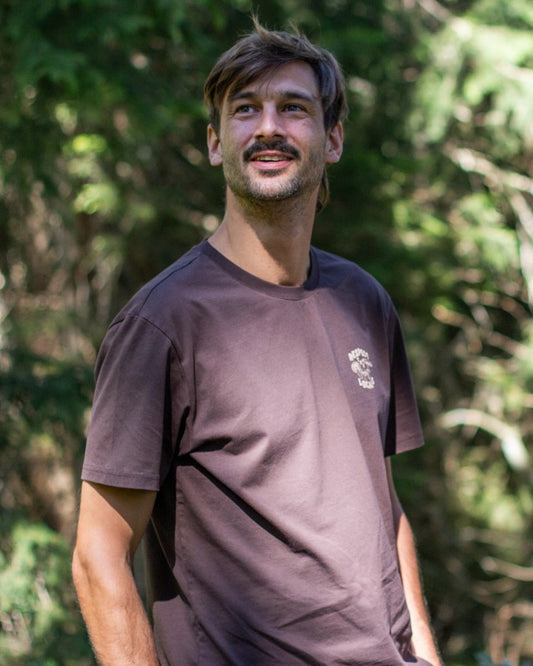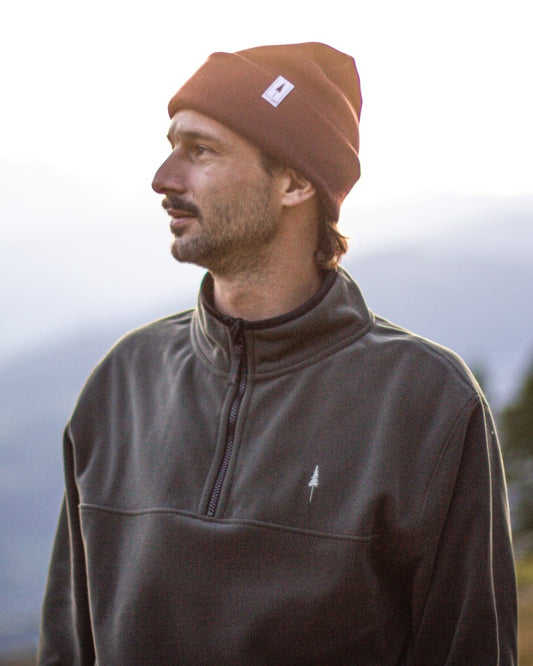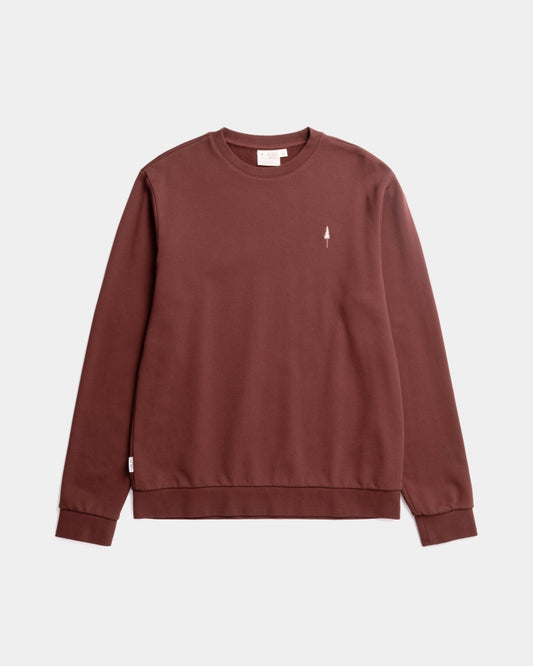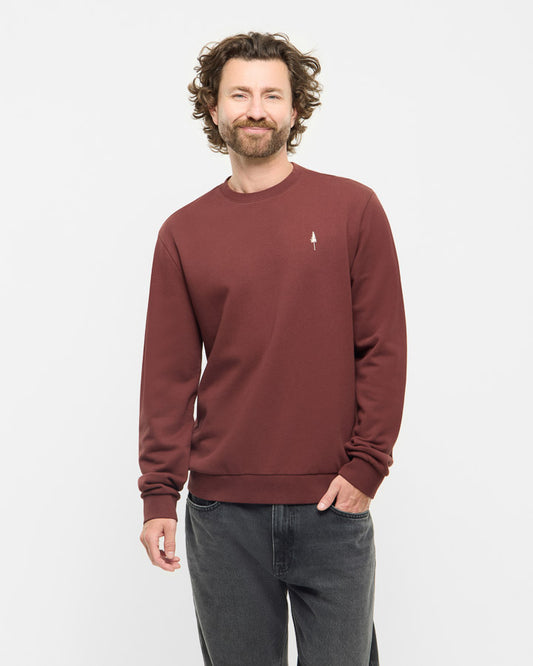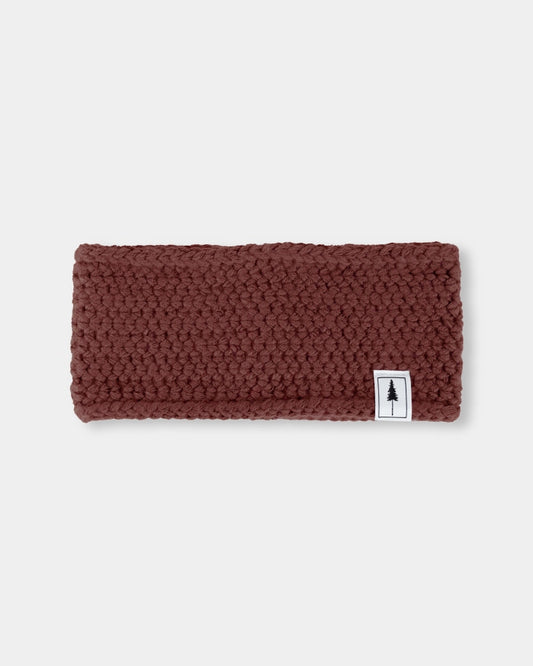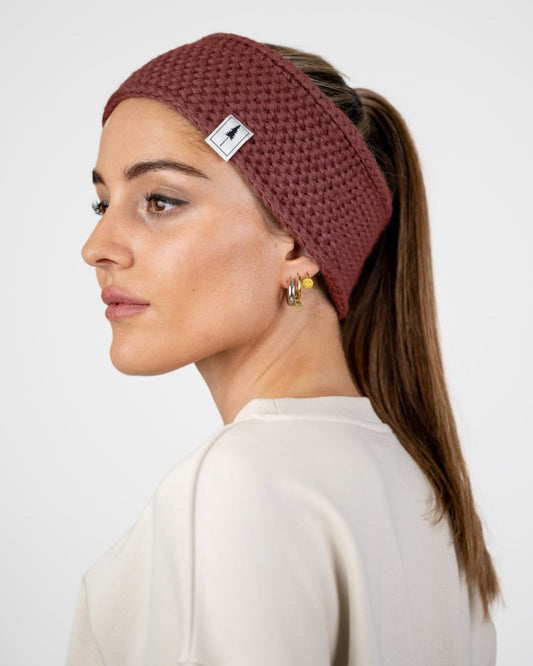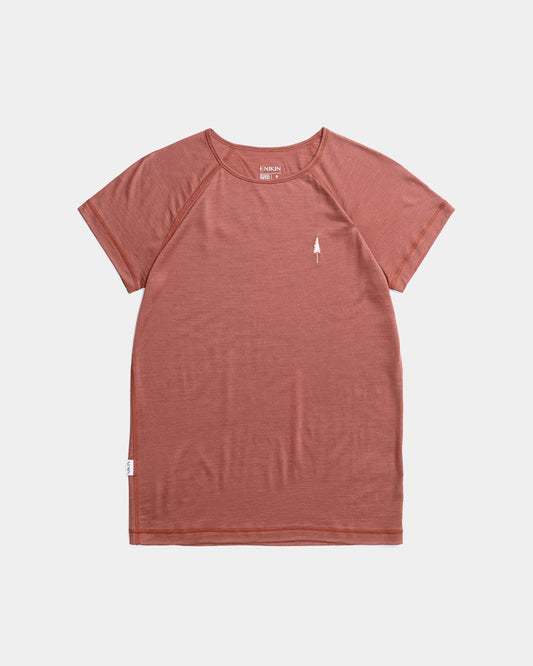Have you ever heard of slow fashion? You probably have. But what exactly is behind the term is not always clear. We'll show you what slow fashion really means, how it stands for fair, conscious and environmentally friendly fashion in contrast to fast fashion, and how you too can recognize sustainable brands and make more conscious purchasing decisions with a few simple tips.
What is slow fashion?
Slow Fashion heiThe term "slow fashion" does not only refer to the speed of production. It is about thinking about fashion holistically and more consciously: from design and the selection of materials to fair production and long-term wear. Instead of promoting changing trends and fast consumption, slow fashion focuses on timeless pieces that can accompany you for years. The collections are created in a decelerated rhythm - with the aim of creating less, but better clothing. Sustainability, transparency and quality are thus brought into focus.
The slow fashion movement emerged in the early 2000s, inspired by the "slow food" concept, which advocates more conscious consumption. Slow fashion received a broad social boost after the Rana Plaza disaster in 2013, in which over 1,100 people lost their lives in a textile factory in Bangladesh. Since then, the fashion industry has come under increased scrutiny - and calls for fair working conditions, more transparency and sustainable alternatives to the conventional fashion industry are becoming louder and more present.
To summarize, slow fashion means for you:
- Buy less, but higher quality
- Wear and care for clothes for longer
- Consume more consciously
- Focus on fair and sustainable brands

Slow, fair, circular - what sustainable fashion really means
Slow fashion is not alone - many terms such as fair fashion, circular fashion or fast fashion circulate around sustainable fashion. They are often equated or confused in everyday life, although they have different focuses. To maintain an overview, it helps to know the most important concepts and distinguish between them. You can find a brief overview here:
- Slow fashion: a holistic approach that focuses on environmental awareness, social responsibility and quality. Slow fashion encompasses the entire supply chain - from the choice of materials and fair production conditions to durability and recycling.
- Fair fashion: clothing that is produced under fair working conditions - with a focus on social justice, fair wages and safe working conditions. Fair fashion is often a sub-sector of slow fashion.
- Circular fashion: also known as circular fashion. The aim is to design clothing in such a way that it remains in circulation for as long as possible - through repair, reuse, recycling or upcycling. The idea: a closed cycle without waste.
- Fast fashion: the opposite of slow fashion. A business model in which clothing is produced at high speed and in large quantities at the lowest possible prices. The focus is on trends and consumption - social and ecological responsibility usually fall by the wayside.
- Ultra fast fashion: the radical evolution of fast fashion. Brands such as Shein launch hundreds of new items on the market every day - often based on data analysis and real-time trends from social media. Production takes place in record time, usually without regard for human rights, the environment or quality. Ultra fast fashion stands for maximum consumption with minimum responsibility.
Want to know what ultra-fast fashion looks like in reality? The 3sat documentary "Inside Shein - The high price of cheap fashion" gives an insight behind the scenes of the world's largest ultra-fast fashion company.

Why slow fashion is more important than ever
Fast fashion - and ultra fast fashion in a particularly extreme form - have changed the fashion industry dramatically in recent years: Clothing is now available at any time, extremely cheap and produced at a rapid pace. Brands bring new items onto the market every day, often at the expense of people and the environment. Production usually takes place under precarious conditions, with low wages and hardly any protection for workers. At the same time, quality suffers: many items are broken after just a few uses or end up in the bin. The consequences of this are massive: textile waste, overproduction, environmental pollution and a growing consumption of resources. Clothing loses value, fashion becomes disposable.
This is exactly where slow fashion comes in, as a conscious alternative. Instead of fast trends, it is about long-lasting clothing, fair production and respectful use of resources. Brands that follow this approach produce less, but better: with high-quality materials, a transparent supply chain and a focus on quality rather than quantity. Slow fashion means valuing fashion again - for everyone who not only wants to own clothes, but also wants to wear them consciously.
How to recognize slow fashion brands - and what role NIKIN plays
Slow fashion brands can be recognized if you know what to look out for: Transparency in materials and production, durable design, fair working conditions and raw materials that are as environmentally friendly as possible are key features. Recognized certifications such as GOTS or Fair Wear can also provide guidance.
If you're unsure how sustainable a brand really is, Good On You helps you make informed decisions when buying clothes. The platform rates fashion brands worldwide based on their environmental and social standards.
Since its foundation, NIKIN has also pursued a clear path towards slow fashion - with fair production, durable design and sustainable materials. Our goal is for all our products to be 100% circular by 2030. That meansThe concept is recyclable, biodegradable and circular, from material to use to return. This also includes, for example, innovative fabrics such as naNea, our "Circular Cashback" take-back program and partnerships for genuine recycling. Step by step, we are creating a fashion world in which resources are conserved and clothing is valued.

What does the future of slow fashion look like?
Slow fashion has become increasingly important in recent years and more and more people are turning to second-hand, swapping clothes or rethinking their consumption. Unfortunately, however, there are currently signs of regression: Sustainability is taking a back seat for many consumers due to inflation and uncertainty. Cheap, readily available fashion often seems more attractive than long-term responsibility. In order for slow fashion to catch on despite this, we need a combination of education, political framework conditions, responsible companies and, ultimately, consumers who have a say in deciding which fashion has a future.
If you want to delve even deeper into the topic, the Netflix documentary "Buy Now: The Shopping Conspiracy" gives you an unsparing insight into the mechanisms behind fast fashion. The documentary shows how strongly consumer behavior, social justice and the environment are linked.
FAQ - Frequently asked questions about slow fashion
-
What does slow fashion actually mean?
Slow fashion stands for a conscious, holistic approach to fashion. In contrast to fast fashion, it is not about trends and quantity, but about longevity, quality, fair production and the respectful use of resources - from production to wearing. -
How does slow fashion differ from fast fashion?
Fast fashion relies on high speed, cheap production and constantly new collections - often at the expense of of peopleen and the environment. Slow fashion, on the other hand, slows down the process: it's about fewer but better clothes, fair conditions and sustainable materials. -
What is the difference between slow fashion and fair fashion?
Fair fashion focuses primarily on the social aspects - i.e. fair wages and working conditions. Slow Fashion closeeats but also emphasizes environmental friendliness, timeless design and durability. -
What is Circular Fashion and is it part of Slow Fashion?
Circular Fashion (circular fashion) refers to clothing that remains in the cycle: it allowscan be repaired, reused or recycled. Circular Fashion is part of slow fashion - both pursue the goal of avoiding waste and conserving resources. -
What is ultra fast fashion and why is it problematic?
Ultra fast fashion is the extreme form of fast fashion: brands such as Shein bring new items onto the market every day, often at extremely low prices. The clothing is produced in the shortest possible time - usually without regard for the environment, quality or human rights. -
How can I recognize a slow fashion brand?
Typical of slow fashion labels are transparent information about the supply chain, high-quality materials, durable design and fair production conditions. Certifications such as GOTS or Fair Wear also indicate genuine sustainability. -
What role does NIKIN play in slow fashion?
NIKIN has been pursuing a consistently sustainable approach since 2016. A tree is planted for every product sold. By 2030, NIKIN wants to be fully circular - with durable, recyclable products and short supply chains. -
Is slow fashion more expensive - and is it even worth it?
Yes, slow fashion can be more expensive at first glance. However, the clothing is more durable, of higher quality and has been produced fairly. In the long term, you not only save money, but also consume more consciously. -
Does slow fashion really have a future?
Despite current challenges such as inflation and price pressure, awareness of sustainable consumption continues to grow. If politicians, companies and consumers take responsibility together, slow fashion can go from being a niche topic to the new normal.






